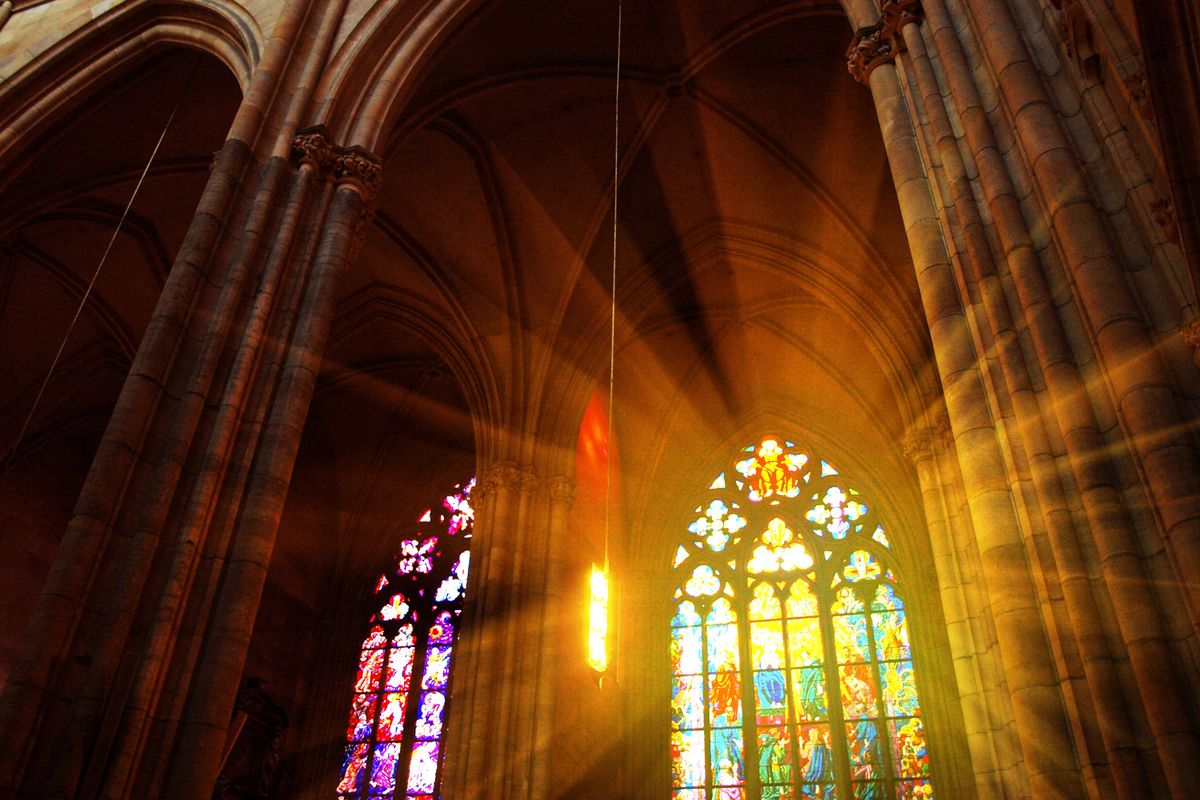In search of higher power: Cannabis has intersected with many faith systems

Cannabis has been used to help people feel good mentally and physically for millennia. For many individuals and cultures, this plant has also been used as a tool in humankind’s search for greater enlightenment, meaning and purpose.
The earliest recorded use of cannabis is currently believed to be in a village off the island of present-day Taiwan, which archaeologists have dated to be about 10,000 years old. Elongated rod-shaped tools were found that appear similar to tools used to loosen cannabis fibers from the plant’s stem.
Hemp was among the first natural fibers to be made into garments and was mentioned in the Book of Rites, a text created in Ancient China, circa 1100 BCE. Another text, The Shu King, dated about 2350 BCE, says that the soil in the Shantung province was “Whitish and rich … with silk, hemp, lead, pine trees and strange stones.”
The Pen Ts’ao (The Herbal), written by Emperor Shen-Nung, discussed the use of cannabis for medicinal purposes. Its earliest copies are 2,000 years old and recommended this plant for rheumatic pain, constipation, female reproductive disorders, malaria and more.
Cannabis is also believed to have played an important role in ritualistic ceremonies, as seen by various burned items found in excavated tombs.
Joseph Needham, a historian of Chinese science and technology, wrote, “The hallucinogenic properties of hemp were common knowledge in Chinese medical and Taoist circles for two millennia or more.”
Central Asia, where India is located today, also has had a long history of cannabis use.
Around 1000 BCE, sacred texts called Atharva Veda listed cannabis as one of the top five sacred plants divinely donated to humankind as a source of happiness as well as a bringer of joy and freedom.
Some in Hindu cultures still make a ceremonial beverage containing cannabis called bhang.
The use of cannabis has also become widely associated with the Hindu god Shiva, known as the destroyer and creator, and cultural myths say Shiva made cannabis from his body to be purified.
Faithful Hindu gather every three years for the Kumbh Mela, an important festival and a symbol of religious devotion to Shiva. In 2001, more than 60 million people took part.
Many faith traditions
Cannabis also has a role in Buddhist traditions. Guatama, the faith’s founder, is said to have eaten one hemp grain daily, a detail recorded in “The Gospel of Buddha” in 1987 by Paul Carus.
In more modern times, some Buddhist practices suggest that cannabis can be used to aid in meditation.
Several books have been written about blending meditation and cannabis, including “Wake, Bake and Meditate” by Kerri Connor, “Ganja Yoga: A Practical Guide to Conscious Relaxation, Soothing Pain Relief, and Enlightened Self-Discovery” by Dee Dussault and “Cannabis and Meditation: An explorers Guide” by Simon Jackson.
In Germanic Paganism, Freya, a Norse love goddess, is said be able to enter one’s body while they are partaking in cannabis. She’s also considered part of the fertile force in female plants.
A more obscure faith that incorporates cannabis is the Rastafarian religion. It was created in the 1930s in Jamaica where cannabis is regarded as sacred and used spiritually to remove negative energies, become more conscious and aware, and bring members closer to Jah, considered the creator.
The Rastafarians had challenges pursuing their faith prior to the plant becoming legal in 2015. In 1963, Jamaican authorities went on an anti-Rasta rampage, arresting over 400. Officials even forced prisoners to cut off their dreadlocks in the middle of the street or in jail.
Elements of cannabis have also been seen in the newer traditions of Temple 420, THC Ministries, Cantheism, Green Faith Ministries, The Free Marijuana Church of Honolulu, Church of the Universe and the First Church of Cannabis.